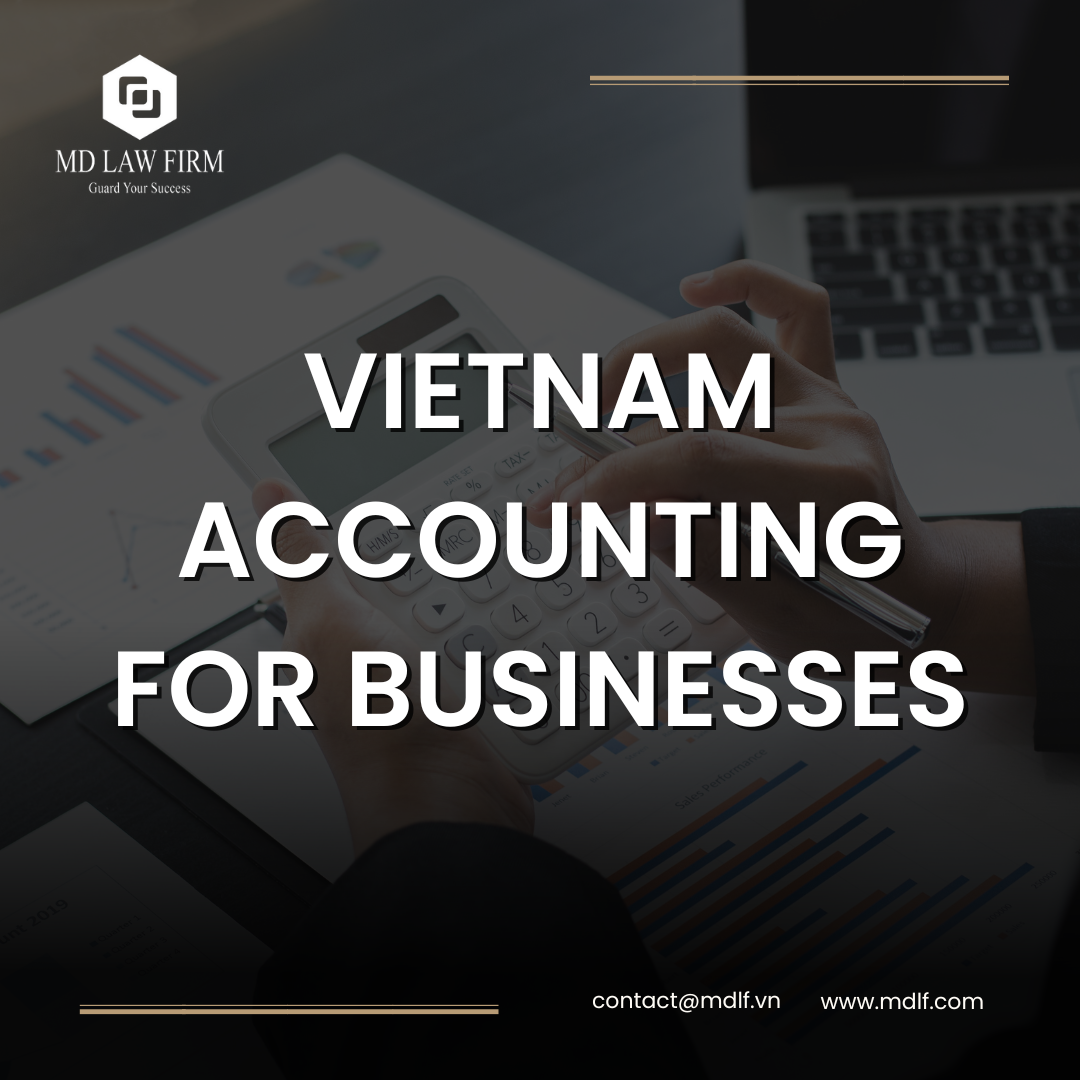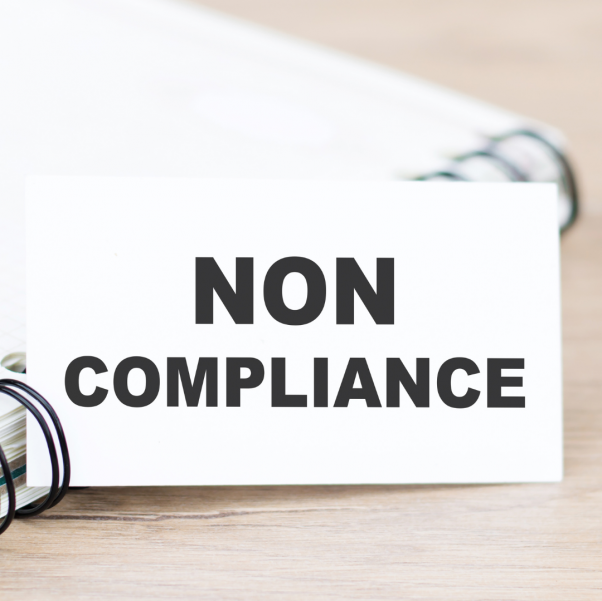
In the world of modern business, understanding the ins and outs of financial reporting and bookkeeping is essential for any entrepreneur. This is where the Vietnam Accounting Standards (VAS) come into play – they’re like the guiding compass for how businesses record and present their financial activities.
In this article, we’re going to break down what VAS is all about and why it matters for business owners in Vietnam. By the end, you’ll have a clearer picture of how these standards can help you make smarter decisions, stay on the right side of the rules, and set your business up for financial success.
Entities subject to Vietnam Accounting Standards (VAS)
All enterprises which are listed below are subject to the Vietnam Accounting Standards.
These include:
-
All economic entities functioning in Vietnam, including entirely foreign-owned companies, branches, and representative offices of foreign enterprises, which are governed by Vietnamese law.
-
Individuals, family businesses, and cooperative groups.
-
Accountants and other accounting professionals.
-
Non-profit organizations and businesses (including with and without funding from the State budget).
Accounting timeline
For all companies governed by the Accounting Law, a meticulous compilation of accounting records is mandated, with the frequency aligned to distinct accounting periods, as outlined below:
-
Yearly accounting period: This corresponds to the calendar year, spanning from January 1st to December 31st.
-
Quarterly accounting period: Divided into 3-month segments, each quarter encompasses the period from the 1st day of the initial month to the final day of the last month of the respective quarter.
-
Monthly accounting period: Covering a span of 1 month, the accounting period starts from the 1st day of the month and concludes on its last day.
Furthermore, for newly established businesses, the inaugural accounting period commences from the issuance date of the Business Registration Certificate and extends until the culmination of the chosen monthly, quarterly, or annual accounting period.

For taxes that are declared on a quarterly basis:
You need to submit your declaration by the last day of the first month of the next quarter, which could be either the 30th or 31st day of that month.
For taxes that are declared annually:
When it comes to finalizing your annual taxes, you have until the last day of the third month after the calendar year or fiscal year ends.
For your overall annual tax declarations, the deadline is set on the last day of the first month after the calendar or fiscal year wraps up.
For those reporting their annual personal income tax, the due date is the last day of the fourth month following the end of the calendar year.
Annual tax reports requirements
When it comes to annual tax reporting, foreign-owned enterprises have an important task at hand – getting their yearly financial statements thoroughly reviewed by an independent auditing firm. This thorough process adheres to the Vietnam Standards on Auditing, ensuring a consistent and reliable evaluation.
To keep things running smoothly, every organization is required to have a Chief Accountant onboard. This key figure plays a central role in approving the annual financial statements, working alongside the legal representative to ensure accuracy and compliance.
But it’s not just businesses in the private sector that need to step up their financial game. State-owned bodies, public service organizations, and private listed companies are also encouraged to implement internal audit (IA) practices. This internal check ensures that financial operations stay on track and transparent.
To stay on track with timelines, the audited financial statements and tax finalization filings should be wrapped up within 90 days from the end of the financial year. Once the audit is successfully completed and local tax offices are notified at least seven working days beforehand, foreign investors can smoothly send their profits abroad, streamlining the process and ensuring adherence to regulations.
Accounting and tax compliance for Vietnamese Representative Offices (RO)
When it’s time to put together the annual tax report, representative offices need to include some key details to ensure everything is in order:
-
Basic Information: This includes important contact details like the office’s phone number, address, and who to reach at the main bank.
-
Year in Review: The report should give a snapshot of what the office was up to in the previous year. This might cover things like market research, advertising efforts, service agreements, and other activities the office was involved in.
-
Team Insights: It’s important to paint a clear picture of the workforce. This means outlining things like salaries, benefits, bonuses, and any other payments. Also, each employee’s personal info and job responsibilities need to be recorded.
Language and currency considerations
When it comes to maintaining accounting records, the primary language should be Vietnamese. However, it’s completely acceptable to combine it with another widely used language like English for clarity.
Furthermore, the accounting currency should be the Vietnamese Dong. Yet, for entities that deal with foreign currencies for transactions, there’s flexibility. They can choose to use that foreign currency in their accounting records and financial statements. But when it’s time for official reporting, these foreign currency figures need to be converted into their equivalent value in Vietnamese Dong.
When it’s time to submit the annual reports, enterprises should follow these steps:
-
Timing Matters: The enterprise needs to establish an agreement with the independent auditing company at least 30 days before the fiscal year concludes.
-
Information Accuracy: The enterprise is responsible for offering precise and sufficient information to the auditors for a thorough evaluation.
-
Audit Firm Rotation: If the enterprise operates as a credit institution, they should change their audit firm every five years. For non-credit institutions, this rotation should take place every three years.
By adhering to these guidelines, enterprises ensure a streamlined process for their annual reports, maintaining transparency and accountability.
Consequences of non-compliance
Companies should take care to review their accounting systems and address any potential issues related to VAS compliance.
Under the government’s New Penal Code, businesses that don’t follow compliance laws can now face criminal consequences. If tax authorities discover inconsistencies in financial reports after an audit, a 20% tax will be imposed on the under-declared amount. Additionally, a daily interest rate of 0.03% applies for late tax payments.
Moreover, failing to comply with VAS regulations can lead to further penalties. This could mean losing out on input VAT credits and having Corporate Income Tax (CIT) incentives revoked.
Staying in line with the rules helps companies avoid these penalties and maintain a strong financial standing.

Framework for Vietnam Accounting Standards (VAS)
Businesses, whether local enterprises or foreign-invested ventures, find themselves legally bound to adhere to the tenets of the Vietnam Accounting Standard (VAS) when documenting their financial dealings. Foreign companies, in particular, have the flexibility to maintain a dual accounting system – one aligned with VAS and another tailored specifically for their overseas headquarters.
In practical terms, a common approach observed among foreign entities is the integration of VAS-compliant accounting systems, with financial statements later translated into the International Financial Reporting Standards (IFRS) on a quarterly basis for the reference of the parent company abroad.
[INSERT_ELEMENTOR id=”1017″]Main differences between Vietnam Accounting Standards and International Financial Reporting Standards
While the Vietnam Accounting Standards (VAS) draw significant inspiration from the International Financial Reporting Standards (IFRS), it’s important to note that there exist notable distinctions between the two. These variations hold particular relevance for foreign investors embarking on business ventures within Vietnam.
Financial Statement Presentation
| VAS | IFRS |
| Statement of financial position | Statement of financial position |
| Income Statement | Income Statement |
| Cash Flow Statement | Cash Flow Statement |
| Notes to financial statements summarizing key accounting policies and other notes | Statement of Changes in Equity |
| Notes, including a summary of significant accounting policies and other notes |
As previously mentioned, Vietnam’s Accounting Standards (VAS) necessitate businesses to assess modifications in equity within the notes section of the financial statements, rather than presenting them as a distinct report.
Cash Flow Statements (CFS)
When it comes to Cash Flow Statements (CFS), there are some important considerations to keep in mind.
In line with the International Financial Reporting Standards (IFRS), the Cash Flow Statement is built upon the starting and ending balances from the financial position statement (IFRS). Additionally, the Vietnam Accounting Standards (VAS) rely on cash accounts and bank deposits found in the general ledger.
CFS can be presented in two different ways. Both IFRS and VAS outline two methods for reporting CFS related to operating activities: the direct method and the indirect method. While the direct method is favored in IFRS, the indirect method takes precedence in VAS. This distinction is worth noting for a clear understanding of cash flow reporting.
Inventories
When it comes to handling inventories, both IFRS and VAS follow a similar route by using the standard costing approach to determine production costs. However, it’s worth noting that there are certain distinctions between the two, which we’ll explore below.
| VAS | IFRS |
| These two ways are not permitted by VAS. | The standard cost method and the retail cost method are two methods for calculating the real cost of stocks under IAS 2 (an international financial reporting standard guiding the valuation and classification of inventories). |
| The initial costs (*) or prime costs (**) biological assets and agricultural products are reported. | The cost of biological assets and agricultural products is recorded as the fair value after deducting the sale of expected costs at harvest. However, if the fair value cannot be accurately determined, this cost should be recorded as the original cost. |
(*) costs accrued up to the time of asset acquisition.
(**) the direct cost of commodities, excluding fixed expenses, including costs for material and labor used in manufacturing.

Chart of accounts
In the world of financial reporting, IFRS lay down general principles for crafting and showcasing financial accounts. In Vietnam, however, a more defined route is prescribed. Here, all accounting units are directed to follow the uniform chart of accounts set by the Vietnam Ministry of Finance when creating their financial statements. This underscores the significance of consistent and organized financial data representation.
Adopting IFRS by 2025: A path to clarity
Vietnam is taking a decisive step towards transparency by adopting the International Financial Reporting Standards (IFRS) by 2025, a move that will replace the existing VAS. This transition is aimed at improving the clarity and comparability of corporate financial statements. By aligning with global norms, this change is expected to enhance corporate governance practices.
The journey towards IFRS adoption, as outlined in the 2019 draft, follows a two-phase approach. This structured roadmap ensures a seamless and effective integration of IFRS principles.

Phase I: Voluntary transition (2022-2025)
In the initial phase from 2022 to 2025, the transition to IFRS is voluntary. Entities with the need and sufficient resources have the option to adopt IFRS for preparing their consolidated financial statements. This includes parent entities like state-owned enterprises, listed companies, large public entities, and 100% foreign-invested companies, provided they have prior approval from the Ministry of Finance (MoF). This flexible approach ensures a gradual and well-considered shift towards IFRS implementation.
Phase II: Mandatory implementation (Post-2025)
Once the voluntary period concludes, the next phase becomes obligatory. Beyond 2025, enterprises will be divided into two categories. They will either need to follow IFRS, including mandatory consolidated financial statements and/or mandatory/voluntary separate financial statements, or they’ll be required to adopt Vietnam Financial Reporting Standards (VFRS) as a compulsory measure. This transition underscores the commitment to consistent and clear financial reporting practices.
Ready to simplify your accounting journey in Vietnam?
Navigating the intricacies of the Vietnam Accounting Standards (VAS) is crucial for your business success. Let MD Law Firm be your trusted partner in this journey. Our experts are here to provide clear guidance and customized solutions that ensure compliance and financial stability. Reach out today and let’s pave the way for your business to thrive in Vietnam’s dynamic landscape. Contact MD Law Firm now to get started!
[INSERT_ELEMENTOR id=”1017″]
